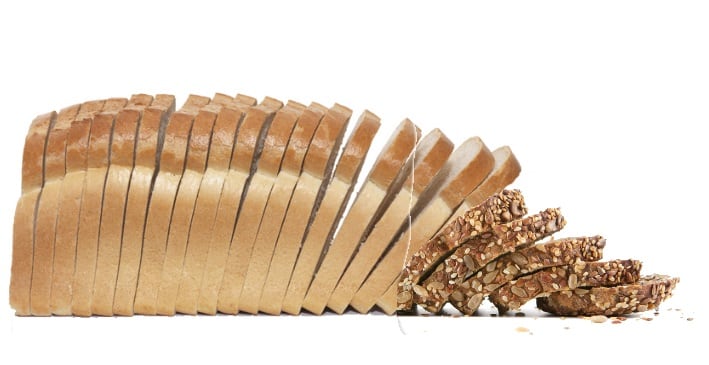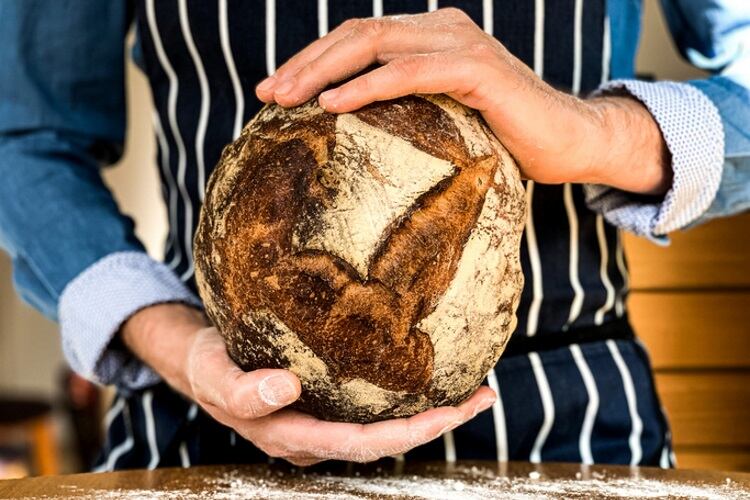Published on 23 April, the guidance supports The Bread and Flour (Amendment) (England) Regulations 2024, which came into force in November last year following a consultation process launched in September 2021.
It outlines mandatory fortification requirements, sets clearer definitions around terms like ‘wholemeal’ and reinforces labelling rules for products like sourdough.
But while industry groups broadly support the guidance, campaigners argue it falls short of addressing deeper issues around marketing claims, inclusion and authenticity.
In a kernel: Highlights from Defra’s New Bread & Flour guidance
- Wholemeal definition: Only products made from 100% wholemeal flour can use ‘wholemeal’ in their name; blends may mention it only in descriptions.
- Fortification: Non-wholemeal wheat flour must include folic acid by October 2026, unless produced by small mills (under 500 tonnes/year).
- Ingredient declaration: Fortificants must be listed on flour and products containing fortified flour.
- Marketing terms: ‘Unbleached flour’ is banned as a marketing term (bleaching agents have been illegal since 1999).
- Sourdough clarity: Products not made using a live sourdough culture and free from additives must use precise, non-misleading descriptions.
- Excluded products: Many traditional breads (eg chapatis, buns, pittas) are excluded from the legal definition of bread.
- Import rules: It’s legal to sell products made from legally imported ‘unfortified’ non-wholemeal flour from the EU or EEA.
Half-baked?
The Real Bread Campaign has cautiously welcomed the new measures. Coordinator Chris Young said they offer much-needed clarity for producers, retailers, enforcement officers and ultimately, consumers.
“It highlights a number of gains for which we and others successfully lobbied, including a regulatory definition of wholemeal and exemptions that offer choice to people who need or want additive-free non-wholemeal flour,” said Young.
However, he was critical of the decision not to update the broader framework of the Bread and Flour Regulations, which he described as “a reminder of missed opportunity.”
“On the downside, the guidance risks rendering the word ‘wholemeal’ technically meaningless, and fails to address the misuse of terms like ‘sourdough’,” he added.
Real gains
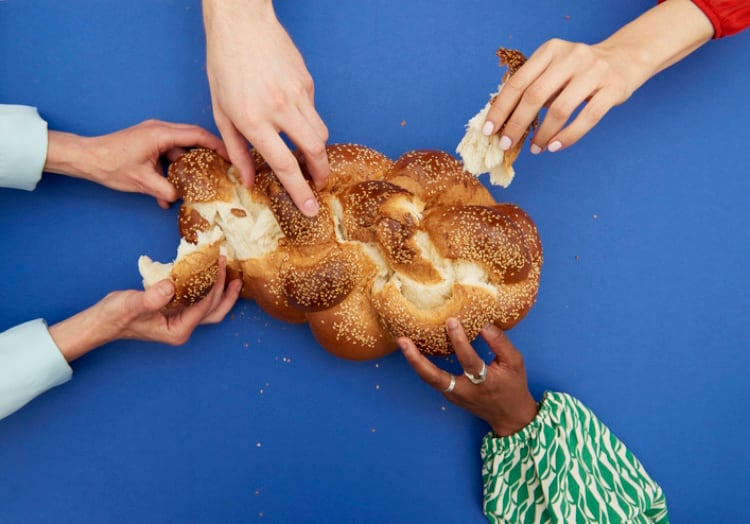
One of the Campaign’s major lobbying wins was the regulatory definition of ‘wholemeal’. Only products made entirely from wholemeal flour can use the term in their name; if the product contains a blend of wholemeal and refined flour, ‘wholemeal’ may appear only in the description.
“This helps protect consumers from misleading health claims,” said Young. “Though unfortunately, manufacturers can still exploit the ‘wholemeal’ health halo in descriptions while selling predominantly refined white flour products.”
However, not all industry groups agree. The Federation of Bakers (FoB) said the clarification reinforces that most manufacturers were already in compliance.
“The Technical guidance additionally provides clarification regarding the use of the term ‘wholemeal’ in relation to labelling a loaf of wholemeal bread, as well as where wholemeal flour is used as an ingredient in other bread products,” said FoB CEO Andrew Pyne. “This confirms manufacturers have been correctly interpreting and applying regulations, and consumers can be reassured that the industry continues to provide legally accurate and helpful labelling.”
The guidance also introduces limited exemptions for the production of additive-free non-wholemeal flour, supporting consumer choice for those seeking less processed products.
Clarity, fortification & industry confidence

The FoB also emphasised that the primary function of the guidance centres on accurate labelling for folic acid fortification.
“The Federation of Bakers welcomes the Defra Bread and Flour Regulations (Amendments) Technical Guidance,” said Pyne. “It provides the food industry, where flour is widely used as an ingredient across many food categories, with details to ensure the addition of folic acid (to non-wholemeal flour) be correctly labelled.
“Industry is working to quickly implement the regulations so the public health benefits of additional fortification are in the UK’s staple products like bread, which already provides a significant contribution of important vitamins and minerals.”
Craft bakers supportive, with caution
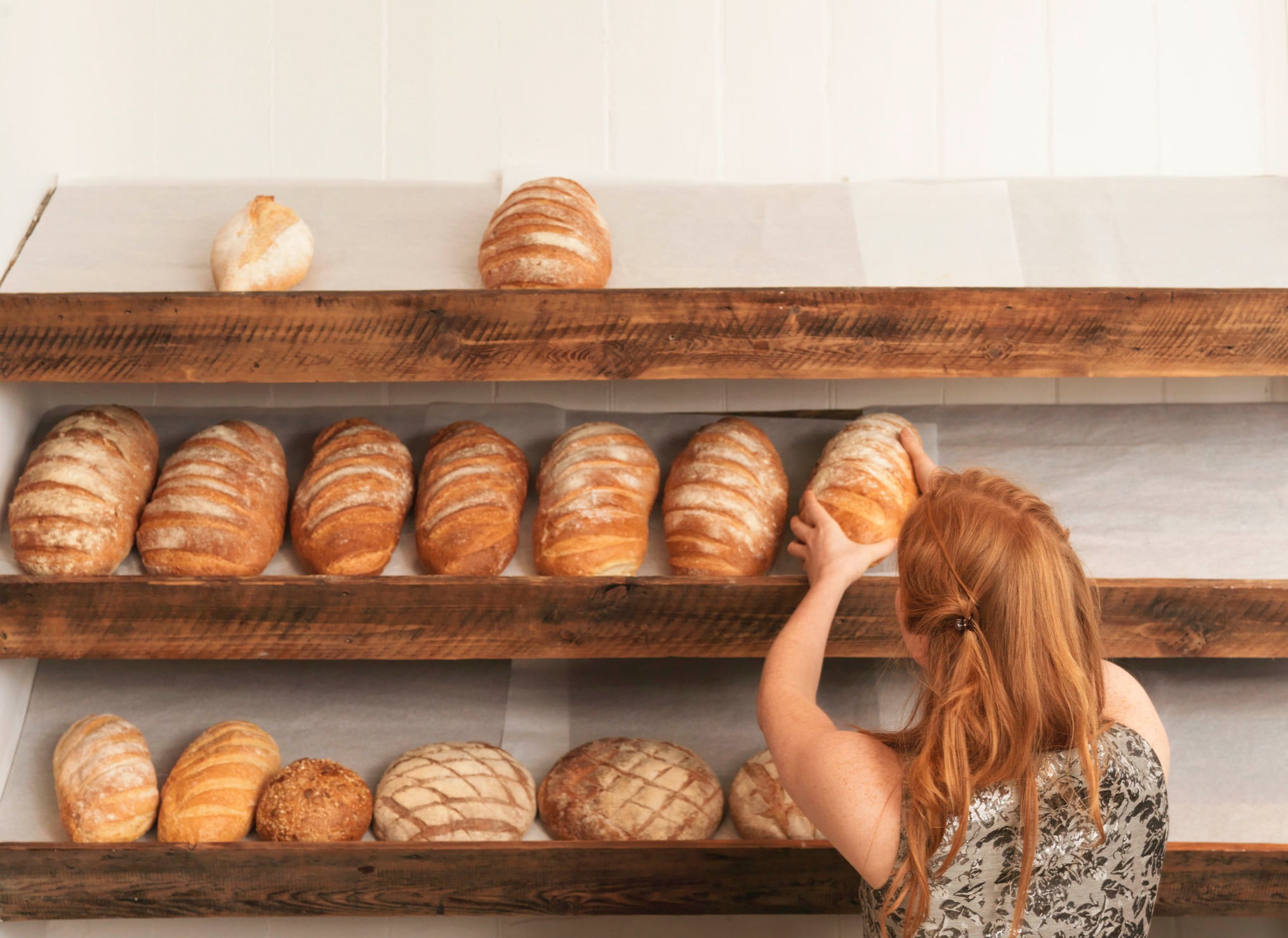
The Craft Bakers Association (CBA) also welcomed the changes as a step toward transparency without overburdening small bakeries.
“It’s a step in the right direction,” a spokesperson told Bakery&Snacks, “but some elements may cause confusion for smaller producers who rely on traditional methods or local variations.”
It noted that most craft bakers already use the term ‘wholemeal’ correctly and describe blended-flour loaves as ‘brown bread’, so the changes won’t come as a surprise. Still, they called for further refinements that “better acknowledge artisanal and heritage techniques, allowing space for innovation while protecting authenticity.”
CBA members may need to review labelling and marketing claims, especially for traditional recipes that no longer align neatly with new definitions.
“There’s a risk that long-established products might not fit the definitions without label updates or consumer education,” the spokesperson added. “But it also creates opportunities. Clearer standards can elevate the value of genuinely crafted products.”
The sourdough debate

Another sticking point for the Real Bread Campaign is the ongoing misuse of the term ‘sourdough’. Although the guidance reiterates that names must not mislead, there is still no legal definition. That allows for additive-laden, yeast-leavened loaves to be marketed as sourdough.
“Despite our ongoing lobbying, the name ‘sourdough bread’ is not prescribed by law,” said Young. “By this reckoning, the name of a product manufactured using any other raising agent or additive must be precise enough to inform the purchaser of the true nature of the food and must not mislead. Anyone for UPF industrial dough with emulsifiers, preservatives, baker’s yeast, and inert sourdough powder?”
Bread but not bread?

The Campaign also flagged that many traditional products fall outside the legal definition of bread under the regulations. These include buns, chapatis, chollas, pitta, potato bread and even gluten-free options. According to Defra, this is because ‘the flour used is still subject to the compositional requirements of the regulations’.
“The omission of breads from so many heritages, and for people with dietary needs, shows the urgent need for a broader, more inclusive regulatory review,” said Young. “People choosing these products deserve the same protections as any other consumer.”
Outstanding issues
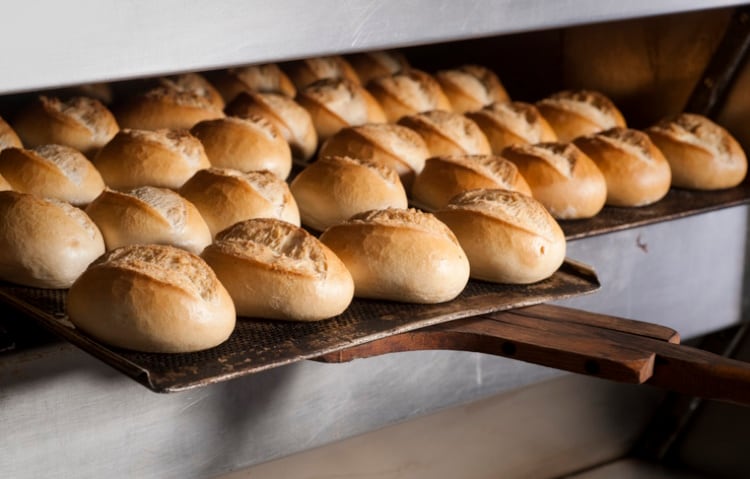
Despite progress, the Campaign believes unresolved issues remain. The guidance does not regulate commonly used terms such as ‘freshly baked’ or ‘whole grain’, nor does it clarify acceptable levels of soya flour in wholemeal bread. It also omits any mention of processing aids or additives not specific to bread and flour.
Advocacy group Sustain has called for further engagement, with CEO Kath Dalmeny having requested a meeting with the Minister of State for Food Security and Rural Affairs. So far, there has been no response.
The Campaign says more work is needed to close loopholes and ensure honesty in marketing and labelling. The Federation of Bakers, however, maintains the industry has already built trust through correct compliance.
Ultimately, while the guidance delivers significant steps toward transparency, both campaigners and trade associations agree: this is not the final word on the UK’s bread rules – it’s just the beginning.



